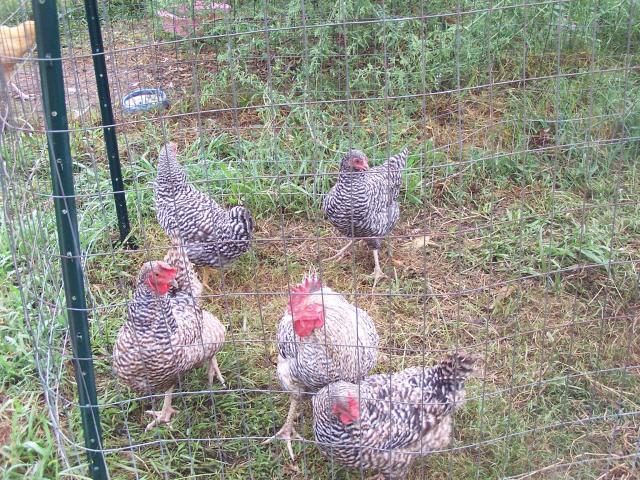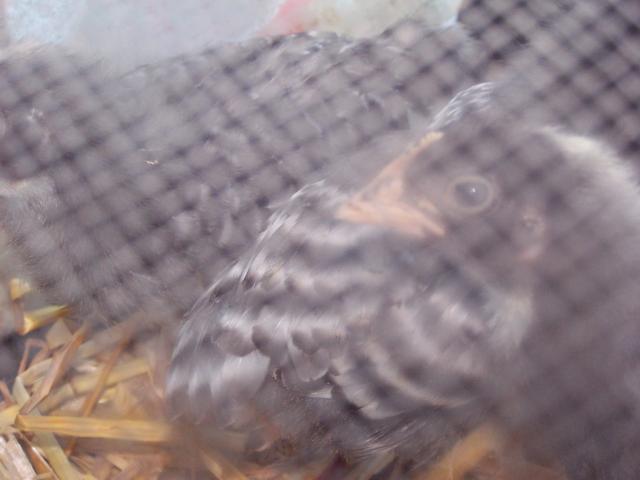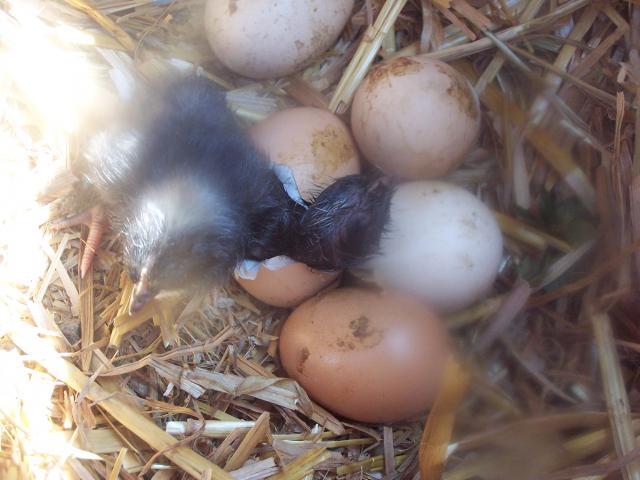"Their plumage is black and white barred which is the result of the barred (B) gene. Because males are the homozygous sex, they have two barred alleles (BB) and are therefore lighter in color than the females, which are the heterogametic sex and have only one barred allele(B_)." - Ideal Hatchery
How early can you accurately sex Barred Rocks?
I'm just wondering because my family tried Cornish X meat birds for the first time this year. They are now three weeks old and are very high maitenance. You have to take away the food in the evening and put it back in the morning. You have to change their bedding every day, and even then, they're stinking up the house from the basement (they poop a LOT). And we know from research that this is just the beginning.
Last year we tried RIR and BR roosters, and they were really tough, only good for dumplin's and soup. And they were REALLY mean to the pullets.
So, we're thinking about caponizing dual purpose breed birds. To do that, you need to know the gender at three to five weeks old. And I'm not willing to buy sexed males from a hatchery, as they are way to pricey, if you ask me. I'd like to be able to hatch my own...
How early can you accurately sex Barred Rocks?
I'm just wondering because my family tried Cornish X meat birds for the first time this year. They are now three weeks old and are very high maitenance. You have to take away the food in the evening and put it back in the morning. You have to change their bedding every day, and even then, they're stinking up the house from the basement (they poop a LOT). And we know from research that this is just the beginning.
Last year we tried RIR and BR roosters, and they were really tough, only good for dumplin's and soup. And they were REALLY mean to the pullets.
So, we're thinking about caponizing dual purpose breed birds. To do that, you need to know the gender at three to five weeks old. And I'm not willing to buy sexed males from a hatchery, as they are way to pricey, if you ask me. I'd like to be able to hatch my own...







